14 Health Risks Associated With Cat Ownership

Owning a cat can be a delightful experience filled with purrs and playful moments. But did you know that sharing your life with a feline friend might also come with health risks?
Let’s dive into this cozy yet curious world and explore some unexpected concerns every cat owner should know about.
1. Cat Scratch Fever
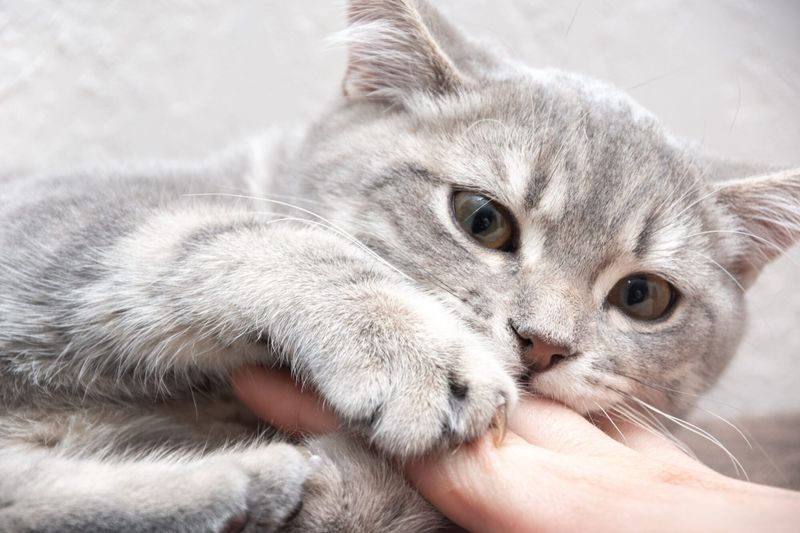
Ever been playfully scratched by your kitty? That minor scratch could lead to cat scratch fever, a bacterial infection.
The bacteria can cause swollen lymph nodes, fever, and fatigue. It’s not common, but it’s wise to keep an eye on those playful paws. Cat scratch fever is typically mild, yet sometimes requires medical attention if symptoms persist.
2. Allergies
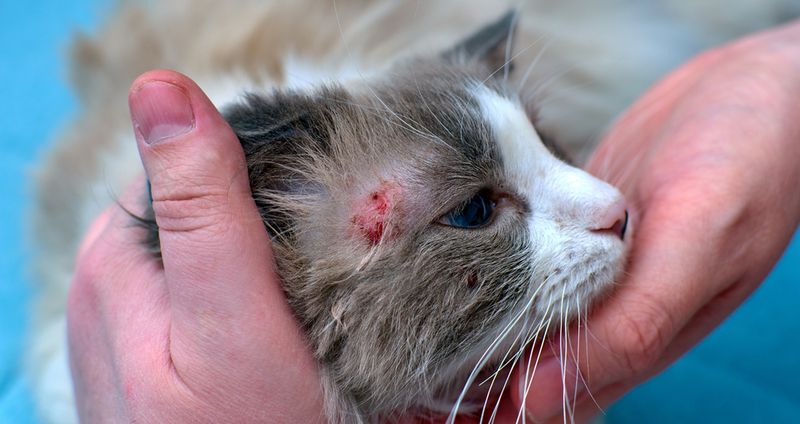
Surprisingly, those soft, furry companions can trigger allergies in many people. Symptoms like sneezing, itchy eyes, and a runny nose can be part of the daily routine for some cat owners.
Allergies are caused by proteins found in a cat’s skin cells, urine, and saliva. Reducing exposure, like using air purifiers, can help manage symptoms.
3. Toxoplasmosis
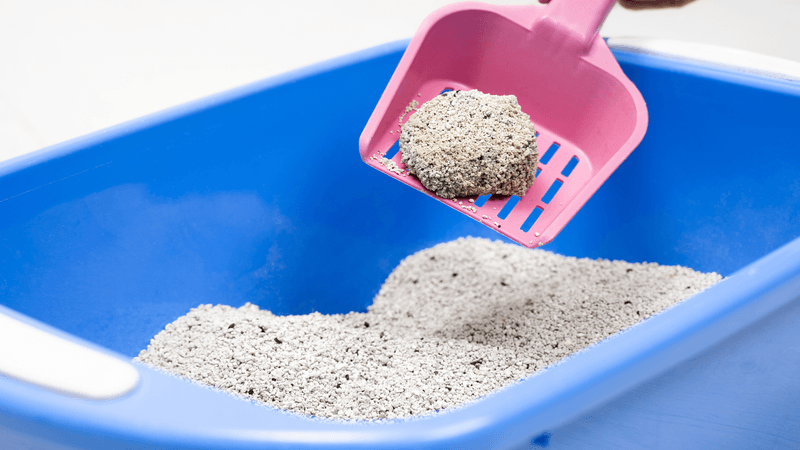
This one’s a bit sneaky. Toxoplasmosis is caused by a parasite found in cat feces. While healthy individuals often show no symptoms, it can be risky for pregnant women and people with weakened immune systems.
It’s wise to practice good hygiene when handling cat litter. Regular vet check-ups can help in preventing this silent intruder.
4. Ringworm

Despite its name, ringworm isn’t actually a worm but a fungus. It’s highly contagious and can spread easily from cats to humans, particularly children.
The fungus causes a red, ring-shaped rash on the skin. Luckily, it’s treatable with antifungal medications. Keeping your cat’s bedding clean can help prevent this pesky problem.
5. Asthma

Believe it or not, owning a cat can sometimes trigger asthma attacks. Cat allergens can aggravate asthma symptoms, causing wheezing and difficulty breathing. It’s like having an unexpected workout without the gym membership. Managing asthma includes using medications and minimizing contact with cat allergens. Regular cleaning can help reduce allergens.
6. Fleas And Parasites

Furry friends sometimes come with unwanted guests like fleas and parasites. These tiny invaders can cause itching and discomfort for both cats and humans.
Fleas can also carry tapeworms, leading to further health issues. Regular flea treatments and maintaining cleanliness in your home can keep these pests at bay. Proactive care is key!
7. Bacterial Infections

Cats can sometimes carry bacterial infections like salmonella and campylobacter. These infections can spread through direct contact or contaminated surfaces, leading to diarrhea and stomach cramps.
It’s not exactly what you want from your cuddly companion. Proper hygiene and regular veterinary care can help prevent these bacteria from becoming a concern.
8. Zoonotic Diseases

Zoonotic diseases are illnesses that can be transmitted from animals to humans. Cats can carry several such diseases, including rabies. It’s like an unwanted souvenir from your furry friend.
Vaccinations and regular vet visits keep the risk low. Educating family members, especially children, about proper handling can further reduce any potential threats.
9. Cat Bites

Cats may be cuddly, but they can also bite when frightened or provoked. Cat bites can often lead to infections requiring medical attention.
It’s not just a nip; it can be a serious issue. Cleaning the bite immediately and seeking medical advice can prevent complications. Never underestimate those sharp teeth!
10. Fungal Infections
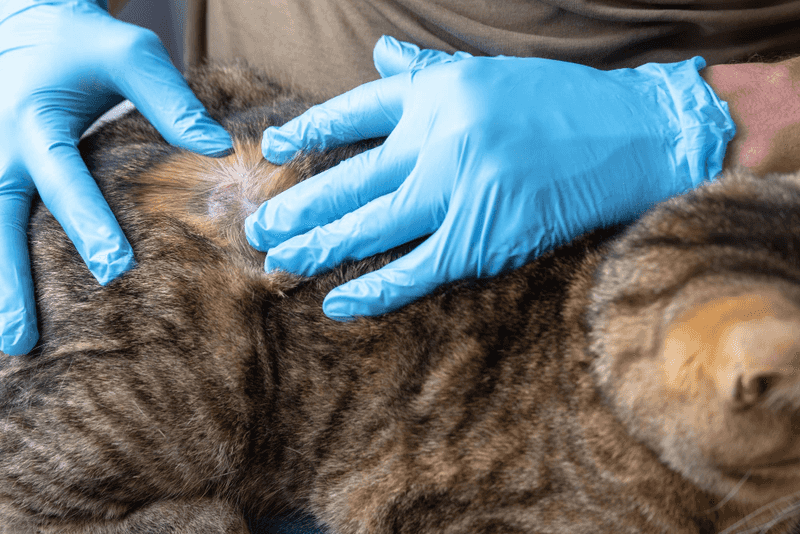
Cats can be carriers of various fungal infections that affect humans. These infections can lead to skin lesions and discomfort. While not life-threatening, they can be a nuisance.
Practicing good hygiene and regular vet visits for your cat can minimize the risk. A healthy cat often means a healthy owner!
11. Cat-Induced Anxiety

Cats can be demanding companions, and their constant meowing or nocturnal activities might lead to anxiety and sleep disturbances for owners.
It’s like having an unpredictable alarm clock. Establishing routines, like scheduled playtimes, can help in managing stress levels. Sometimes, a little structure is all it takes to restore peace.
12. Litter Box Issues
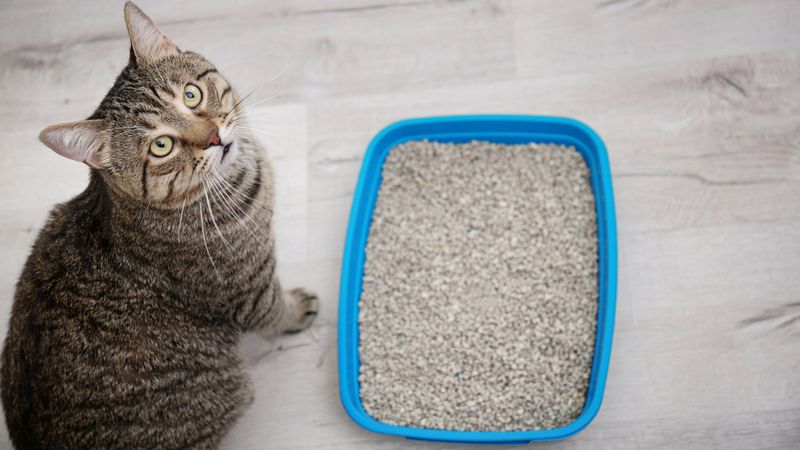
Litter box maintenance isn’t the most glamorous task. Neglected litter boxes can lead to unpleasant odors and unsanitary conditions, affecting health.
It’s more than just unpleasant; it can be a health hazard. Regular cleaning and using quality litter can make a world of difference. A tidy litter box means a happier cat and home.
13. Pregnancy Risks

Pregnancy comes with its own risks, and cat ownership can add to them. Aside from toxoplasmosis, other infections can pose threats to pregnant women.
It’s like juggling two worlds. Taking precautions and consulting with a healthcare provider can ensure a safe environment for both mother and baby. Safety measures can lead to peace of mind.
14. Behavioral Issues

Cats have personalities all their own, and sometimes those personalities lead to undesirable behavior like scratching furniture or aggression.
Addressing these issues requires patience and understanding. Behavioral training and providing scratching posts can help in mitigating such problems. Every cat has its quirks, but with love, they can be managed.






